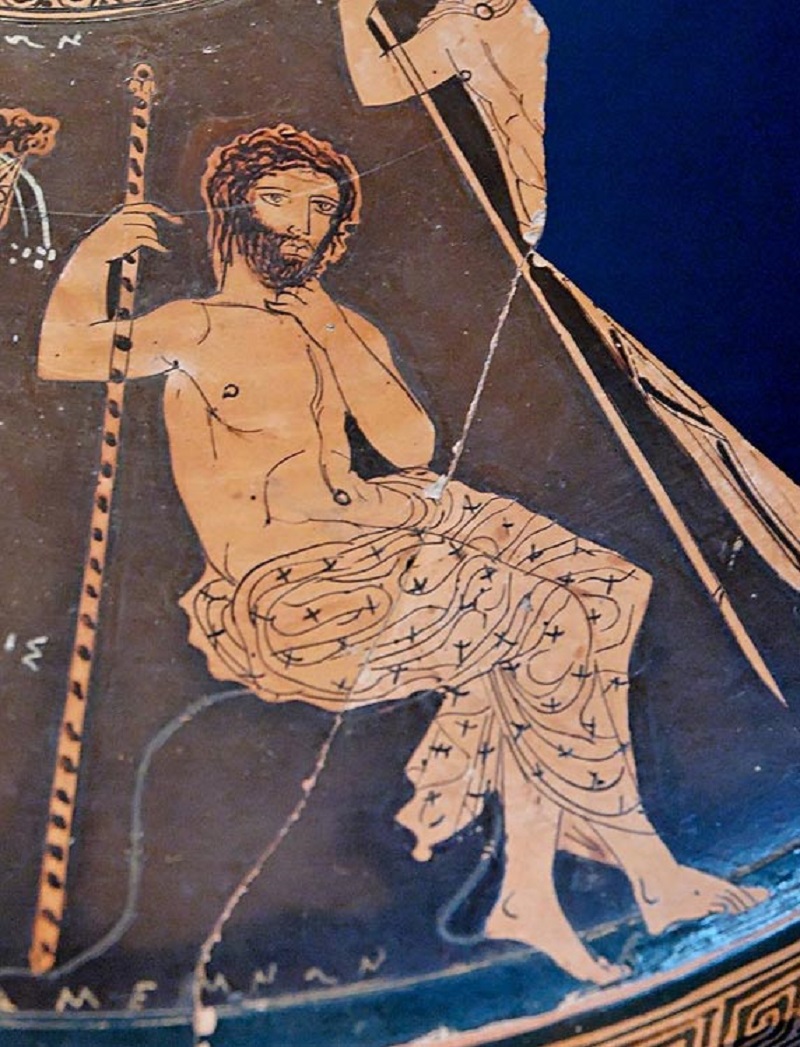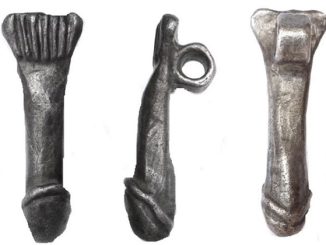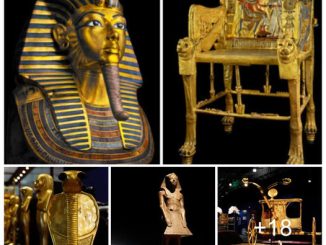German archaeologist Heinrich Schliemann is perhaps one of the luckiest archaeologists in history. His discovery of the Mask of Agamemnon was not the first but the second most notable discovery. Having discovered the true location of the legendary city of Troy, Schliemann’s next project was to discover the final resting place of Agamemnon, king of Mycenae, who led the Greek forces during the Trojan War . Although it is debatable whether Schliemann achieved his second goal, he certainly made another impressive discovery in the process – ‘The Mask of Agamemnon’.
Schliemann is perhaps best known for his identification of Troy at Hissarlik and his excavation of the ‘Treasure of Priam’. Less known, perhaps, were his subsequent excavations in Mycenae, Greece. However, it was here that he made another astonishing discovery, a golden death mask.
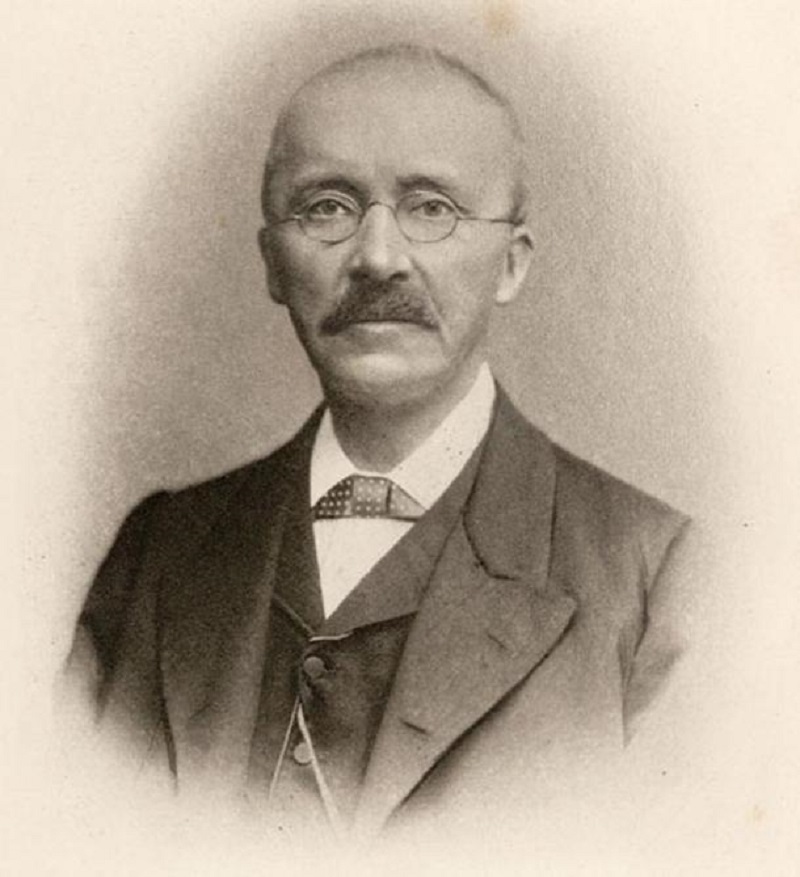
Portrait of Heinrich Schliemann (Wikimedia Commons)
Agamemnon, King of Mycenae
Agamemnon is one of the most famous characters in classical Greek literature. In addition to appearing in Homer’s Iliad and Odyssey, Agamemnon was a favorite of Greek tragedians, as his triumphant return from Troy was followed immediately by his murder at the hands of his wife. him, Clytemnestra or her lover, Aegisthus. It was the work of the 2nd century AD traveler Pausanias that provided Schliemann with the clues needed to discover Agamemnon’s tomb.
In Mycenae, according to Pausanias, “there were also underground chambers of Atreus (Agamemnon’s father) and his children, in which their treasures were kept…. Agamemnon had his tomb, and so did the charioteer Eurymedon, while another tomb was shared by Teledamus and Pelops, twin sons of Cassandra, they said, Clytemnestra and Aegisthus were buried away from the wall a short distance. It was thought unworthy of them to have a place in it, where Agamemnon lies and those who were murdered with him.”
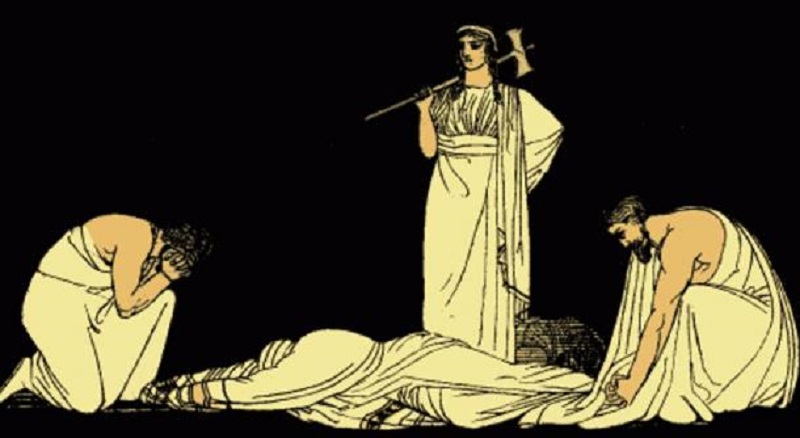
Illustration of The Assassination of Agamemnon in Tales from the Greek Tragedies (1897), Alfred Church ( Wikimedia Commons )
Burial of Agamemnon
According to Schliemann’s interpretation of Pausanias, Agamemnon was buried within the walls of the Bronze Age citadel. This contrasts with the interpretation of previous scholars, who believed that the tombs were located outside the city walls. In 1874, tests carried out by Schliemann inside the wall discovered house walls, a stone tomb and some terracotta artifacts. This means the site has potential for future investigation.
Explore the tombs of Mycenae
Two years later, Schliemann began excavations at Mycenae on behalf of the Hellenic Archaeological Society. Schliemann’s workers would soon discover steles marking the boundaries of a circle of graves about 27.5 meters (90 feet) across located just inside the city gates. This grave circle will eventually be labeled ‘Grave Circle A’. By the end of August, the first of five Late Bronze Age shaft graves had been found in Grave Circle A.

Grave Circle A at Mycenae, Greece (Wikimedia Commons)
In late November, the excavation of the tombs in Schliemann’s shaft revealed that they contained the remains of several Mycenaean leaders, five of whom wore golden masks. In a telegram to King George of Greece, Schliemann proudly declared: “I am extremely pleased to inform Your Majesty that I have discovered the tombs which the Pausanias tradition claims to point to as the graves of Agamemnon, Cassandra, Eurymedon and their companions were all killed at the feast of Clytemnestra and her lover Aegisthos.” Schliemann suggested that one of the remains belonged to Agamemnon himself, hence the golden mask on his face became known as ‘Agamemnon’s Mask’.
Golden death mask
This mask is a death mask, made of a thick gold plate stamped on a wooden base. A sharp tool was then used to carve out the finer details. The mask is said to depict the face of a man with “an oblong face, a broad forehead, a long nose and thin, tightly pursed lips.” The details of the eyebrows, mustache and beard are shown by repetition. Near the ears, two holes were cut so that a rope could be used to tie the mask to the deceased’s face. Of the five golden masks, this is the only one that depicts a bearded man, so Schliemann concluded that it belonged to Agamemnon.
Agamemnon sitting on a rock holding his scepter, Fragment of a red-figured lekanis in the circular attic by the Painter Meidias (410–400 BC) (Wikimedia Commons)
Although Schliemann’s discovery was truly remarkable, it was later questioned. The strongest evidence against his claim was that it was later proven that the tombs discovered by the German archaeologist predated the Trojan War by at least 300 years. Therefore, it is impossible that the owner of the ‘Mask of Agamemnon’ was the legendary ruler of Greece. However, it remains possible that these tombs belonged to the Mycenaean upper class.
